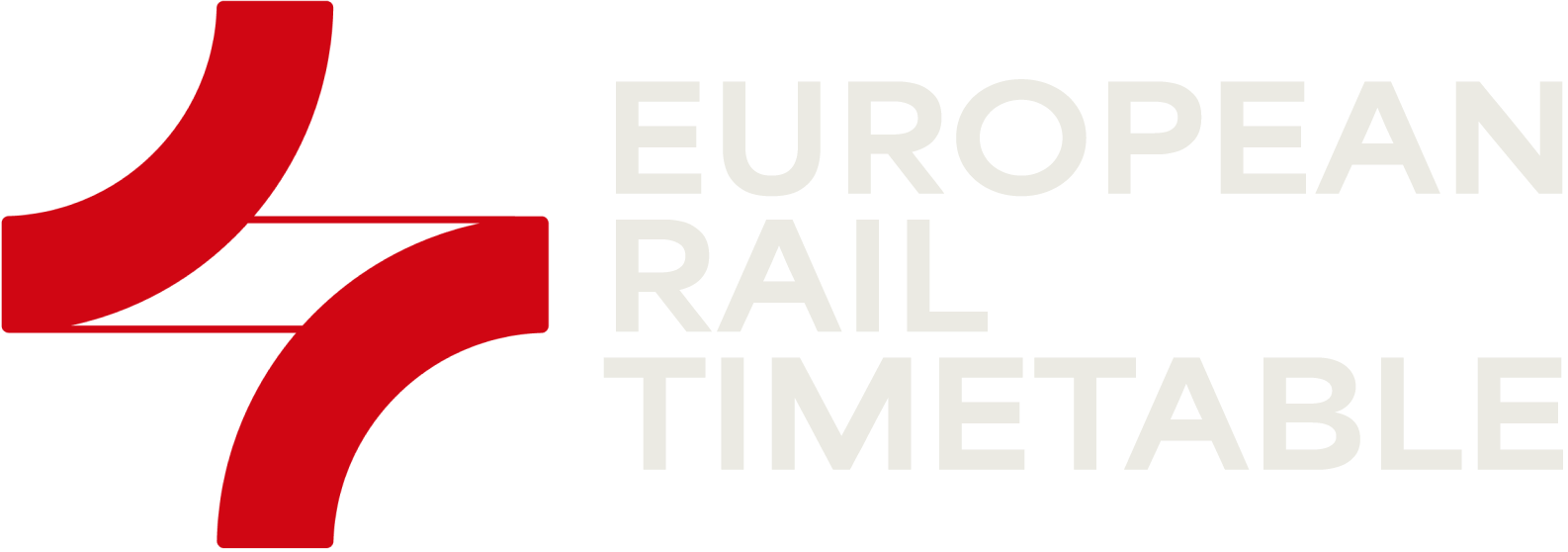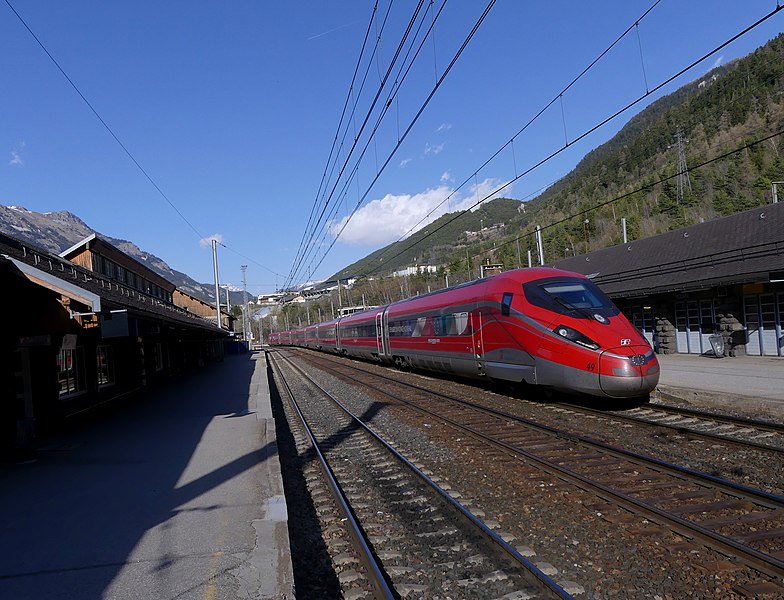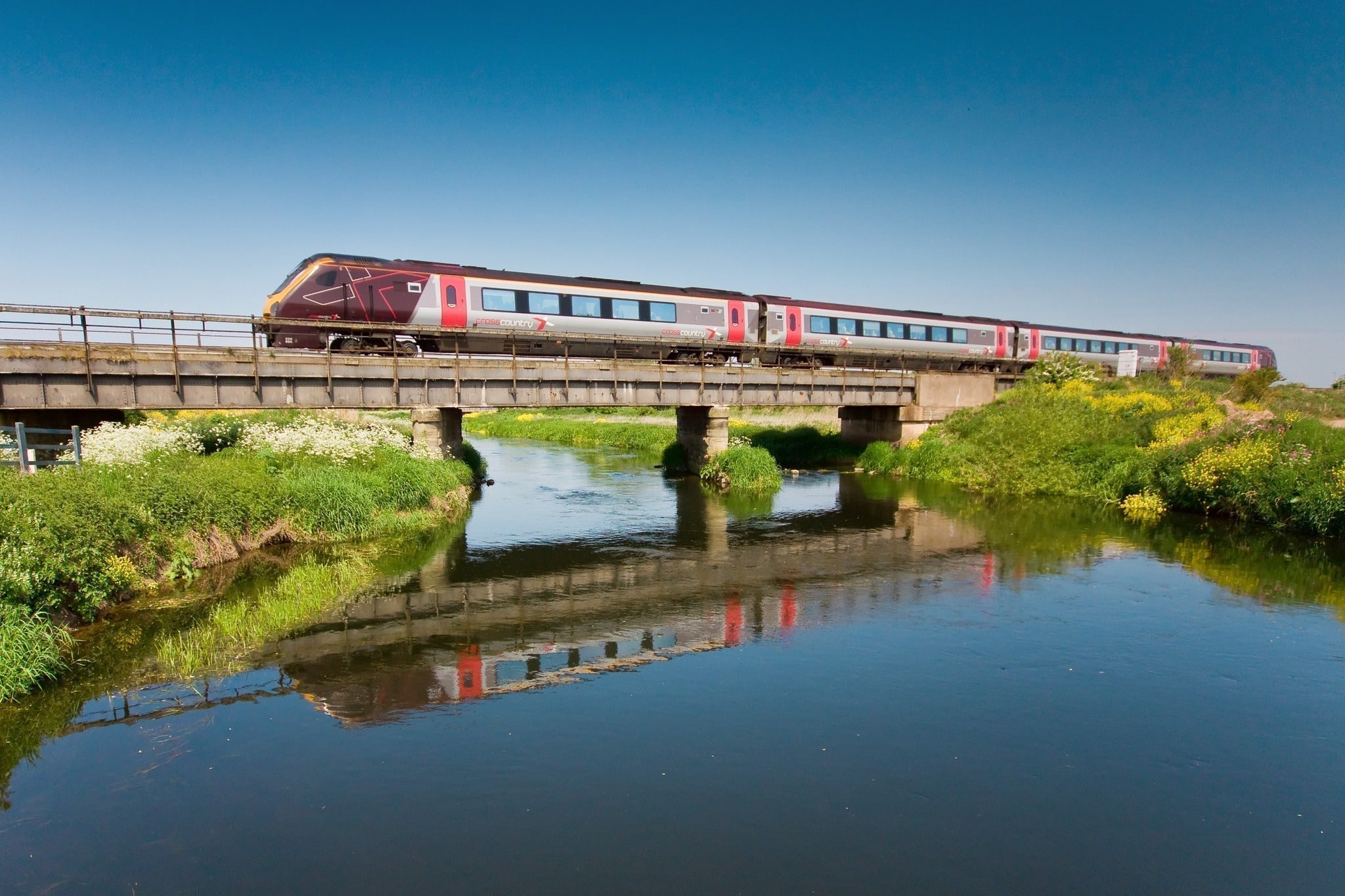Tucked away near the bottom of Trenitalia’s recent announcement about restarting services between Paris and Milan via Modane was a significant piece of news: the company is launching four daily trains between Paris and Marseille.
Far from being a minor detail, this expansion underscores Trenitalia’s bold ambitions in the European rail market. In France, the Italian state-owned operator is positioning itself as a formidable competitor to SNCF, challenging its dominance on key high-speed routes. With its services to Milan and Marseille, Trenitalia is not only enhancing connectivity but also reshaping the competitive landscape of Western European rail travel.
The company now has nine of its flagship Frecciarossa 1000 trains authorised for operation in France, with two daily departures between Paris and Milan set to commence as soon as the Fréjus rail tunnel reopens at the end of March.
What makes Trenitalia’s strategy particularly intriguing is its potential to integrate services across Spain, Italy, and France. Through its Spanish subsidiary Iryo, it already competes with Renfe in the high-speed market. If Trenitalia succeeds in linking its Spanish, Italian, and French operations, it could create a seamless rail corridor stretching across southern Europe.
A glimpse of this strategy can be seen in its subsidiary Treni Turistici Italiani, which has announced four weekly summer services from Milan to Nice and St Tropez. (As St Tropez lacks a railway station, the service may terminate at St Raphaël—or perhaps even continue to Marseille, as Trenitalia’s now-defunct subsidiary Thello once did.)
Meanwhile, reports suggest that Trenitalia will extend its network further east to Slovenia this summer, and plans have also been announced for expansion into the Netherlands in the future.
In theory, Trenitalia’s rapid growth in France reflects a broader trend toward liberalisation and increased competition in European rail travel.
In practice, however, competition has largely taken the form of one state-owned operator encroaching on another’s most profitable routes. With few exceptions, true market-driven competition remains elusive.
One wonders how taxpayers in one country feel about subsidising lower fares for passengers in another - an inevitable consequence of state-backed operators vying for market share across borders.
For those interested in the intricacies of timetables:
The Paris to Marseilles route will be operated by Trenitalia’s Frecciarossa 1000 trains with planned departure times from Paris at 0555, 1115,1426 and 1904, returning from Marseille at 0652, 0953, 1540 and 1849. Services will start on 15th June and stop at Lyon St Exupéry, Avignon TGV and Aix en Provence TGV. Journey time will be around 3 hours and 20 minutes.
We understand that as of 15th June, Trenitalia will operate a Frecciarossa 1000 between Milano Centrale and Ljubljana, leaving at 1515 as EC 139 and returning at 0655 as EC 136.
Photo by Florian Pépellin (CC-BY-SA 4.0). Frecciarosa train 9296 from Milano to Paris at Modane.


